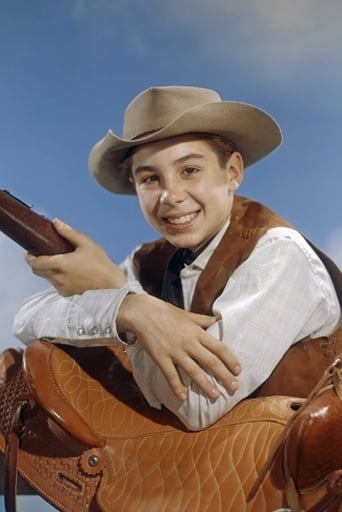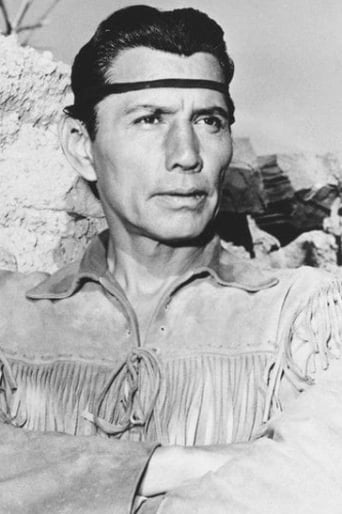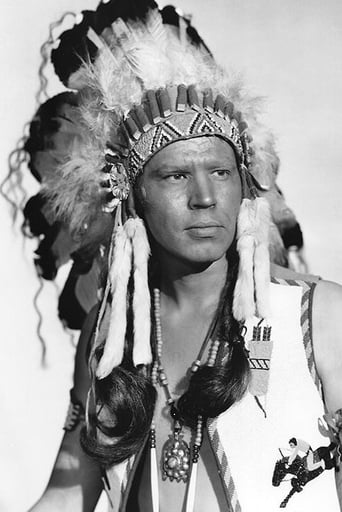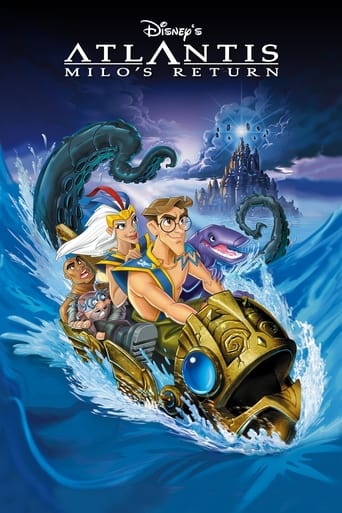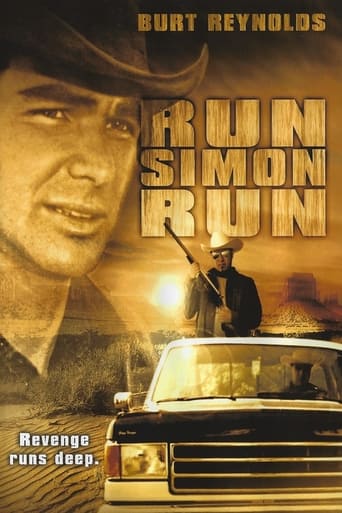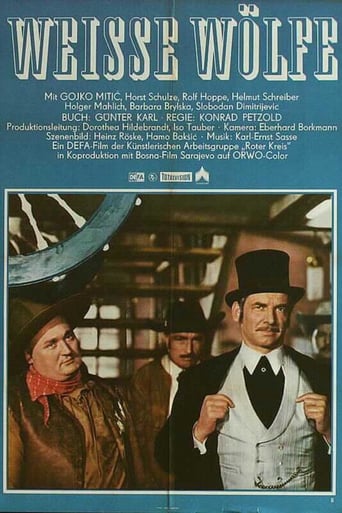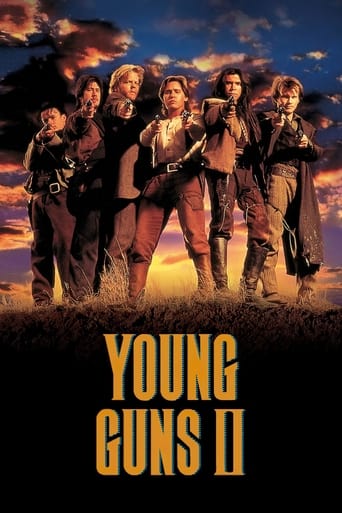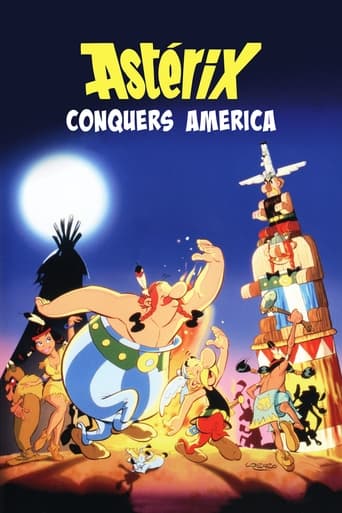
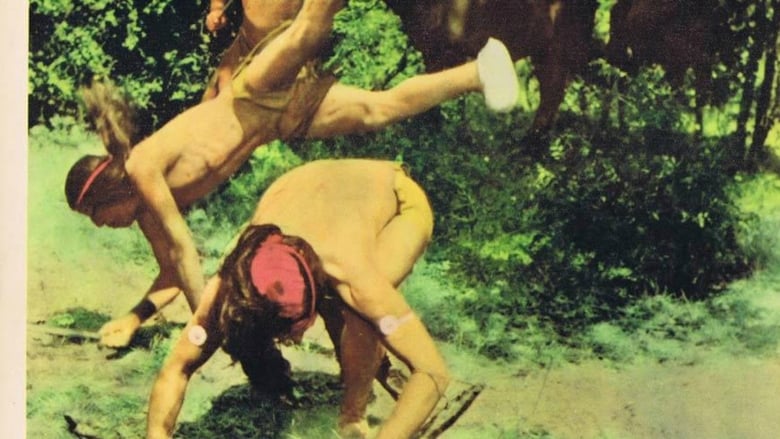
Indian Paint (1965)
Nishko is a chief's son in the Great Plains, before Europeans arrive. During his rite of passage, he's determined to tame a painted pony. He approaches manhood while his peaceful clan is set upon by a nearby tribe willing to break a treaty. He must also contend with the kidnapping of three young women from his village, his pony's illness behind enemy lines, his mother's coma after a rattlesnake bite, the medicine man's urging that he sacrifice what he loves best, the attack of a cougar and of wolves, and his own injury while alone in the woods. His kindness, bravery, and quick thinking serve him well, but rescue come from an unexpected source.
Watch Trailer
Cast


Similar titles
Reviews
A story and expression of traditional values that have, unfortunately, been forgotten or ignored by most Native Americans that I am very familiar with in today's Northern Nevada. That is the fault of the U.S. Government and the perpetuation of life on the Reservation or Indian Colony. The film however emphasizes the values that we all want to have instilled in the ever growing minds of our children. It is an enjoyable story that has told us how Native Americans lived and loved, fought, and died as they provided for and protected their Families and their Tribe or Band.It's a worthwhile family show and time well spent. It's not a movie for nitpickers. Just enoy the story, the acting, and the cinematography.
Copyright 7 April 1965 by Tejas Productions, Inc. No New York opening. U.S. release through Eagle American Films and Crown International Pictures: 8 April 1965. U.K. release through BLC/ British Lion: 5 August 1966. No Australian theatrical or TV release. 91 minutes. Cut to 77 minutes in the UK.SYNOPSIS: Nishko, the son of the chief of the Arikara tribe, trains the foal of a domesticated mare and a wild stallion. When mature, the colt is torn between loyalty to his young trainer and his instinct to return to his father's herd. NOTES: Filmed in and around Cleburne, Texas, in 1963.COMMENT: A story with plenty of exciting incidents, including some amazing animal footage, all beautifully photographed. Norman Foster's direction with its over-use of close-ups is inclined to be dull, whilst the acting, not to be too unkind, is second-rate. Indian Paint holds the interest but all the same its appeal is likely to be limited. It falls between two stools, - not arty enough for the art-house circuit, yet too un-Hollywood for general release. Of the speaking players, only Hogan and Silverheels are genuine Indians.
Others have suggested that Indian Paint was a little un-PC in its depictions of Native Americans but I reckon you need to take the historical context into account when you consider a film such as this. It was made in the early 60's and I think that the idea to focus on the lives of the Native American people was a pretty commendable one; in fact, not only that, but there was a total absence of white people at all in this story. Granted, some white actors played the Indian characters with make-up but this is surely a minor complaint when set alongside the film's worthwhile overall objectives.It's essentially a coming-of-age story about a boy and the horse he loves. But in amongst this there are quite a few other dramas and story developments, such as the ongoing conflict between warring tribes. It's not necessarily a great film but it is an agreeably unusual one, with an unexpected emphasis on a people not usually given the main focus in cinematic offerings. It must have played its own small part in painting a more human picture of Native Americans than was usually the case in traditional westerns and for this reason it is a pretty nice little movie.
If Indian Paint hadn't started out with a bad historical error I might have given it a star or two higher rating. But even a B independent picture should not have made such a bad mistake. Right at the beginning the narrator says that the story is set in the time before the white man came to the western hemisphere and the Indians who are plains Indians are all riding horses.Even high school history students know that the horse came to America first from Cortes who let his stock run free and multiply in Mexico. Horses gradually moved north or were traded north by tribes to the south to their northern brethren who envied what could be done on horseback.Such an incredibly silly error mars a very nice story of a young Indian boy coming of age as a warrior through his love and care for a wild colt that everyone else says can't be broken. Jay Silverheels is the chief of the Arikawaha tribe and he's got considerably more dialog than what he used to have in The Lone Ranger. Silverheels's son is Johnny Crawford two years from The Rifleman and trying to keep his career alive as a teenage heartthrob. He plays the lad trying to tame the wild colt and has quite a few adventures in the process.Some criticism is voiced about not having American Indian players in the roles that whites have in this film. Take a look at the credits and you'll see one Robert Crawford, Sr. is the associate producer of Indian Paint. That should answer the question why his Johnny was cast in the lead. Please note that Robert Crawford, Jr. who was a regular in the Laramie series while Johnny was on The Rifleman is cast as Johnny's best friend. I think this is the last time the Crawford brothers worked together on a project.Indian Paint was shot on a shoestring completely outdoors in Texas where the action would have taken place a few hundred years earlier. It does lack some production values that a big studio could have given, but it's still a nice story, good family viewing.But let no one come away with the fact that horses were being ridden before Columbus got here.


